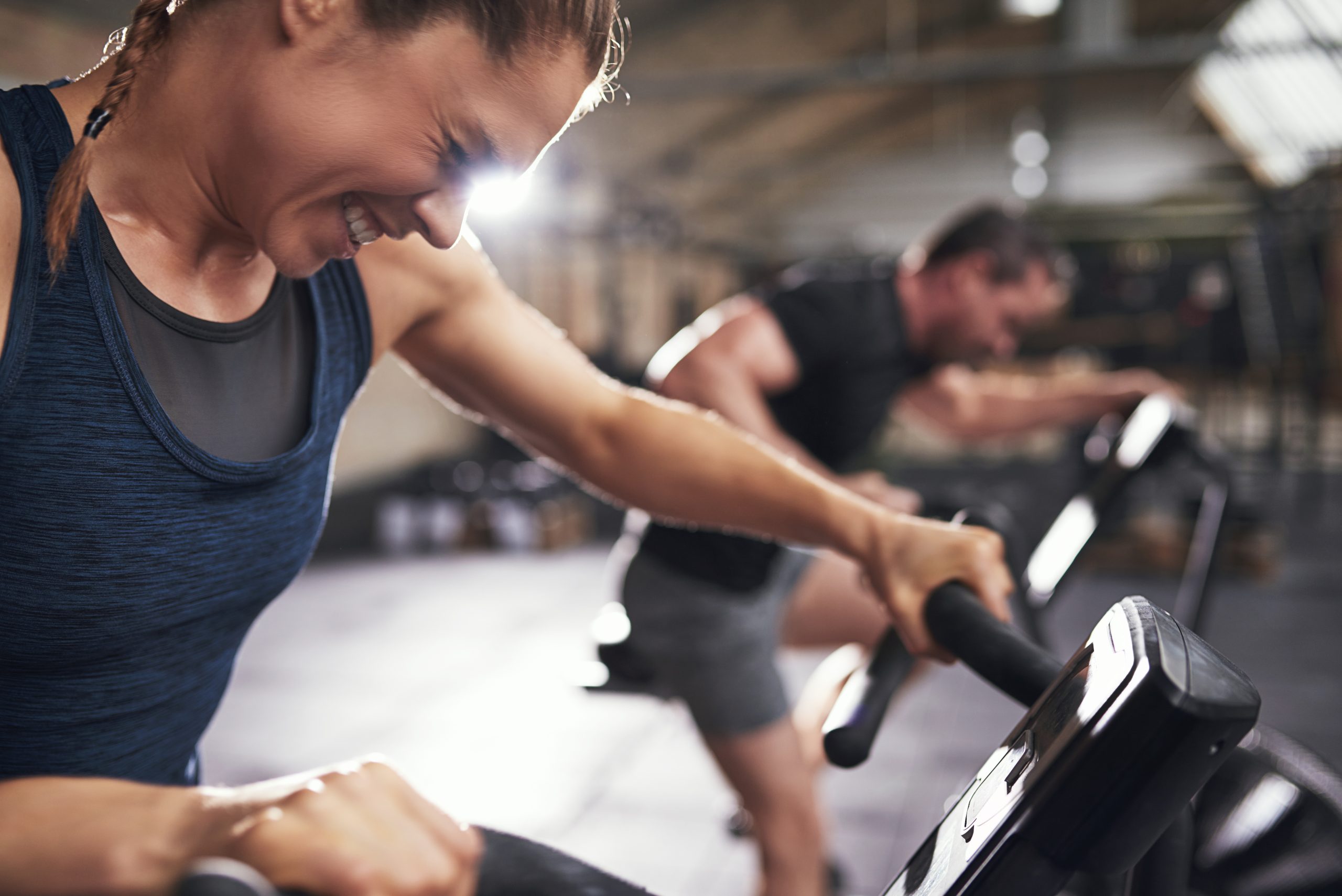Rhabdomyolysis (including its nickname “rhabdo”) sounds like some infectious disease.
While it sure can be serious (deadly, actually), it can also be caused by a single bout of exercise.
Worse yet, cases are on the rise.
Here’s what you need to know about this relatively unknown but serious condition.
What is it?
Rhabdomyolysis is caused when skeletal muscle tissues are so damaged they start to break down. To make matters worse, the contents of those damaged muscle cells get released into the bloodstream. They then get circulated around our body where they can cause fatal or permanent damage to the heart and kidneys.
Rhabdo can have various different causes. From crush injury to drug use to infection and even lying passed out on the floor for too long. But what we’re concerned with here is the type caused by exercise.
Although it’s a rare condition, research has found the prevalence of exercise-induced rhabdo has increased significantly in the past 15 years. This has been attributed to the newfound popularity of high-intensity workouts like HIIT, spinning and CrossFit.
This means it’s important for regular exercisers to have an idea of the causes and symptoms of exertional rhabdo. This can help minimise the risk of developing this condition and the consequences if you’re unlucky-enough to encounter it.
Causes
Given that skeletal muscles have been worked to the point of breakdown, it’s no surprise it’s a consequence of strenuous exercise.
That might be an intense training session or sporting competition for a fit and experienced exerciser or athlete. Or it could be a case of going too hard, too soon for a relative newbie to training. Either way, it’s over-exertion.
Repetitive contraction of a particular muscle or group is the major culprit. The most affected areas are the thighs, shoulders and lower back. And it’s particularly related to activities with a large eccentric component that causes max muscle damage. This is when a muscle is loaded while lengthening, like our biceps when we lower a dumbbell or quads when we bend down into a lunge.
A heavy exercise load alone can be sufficient to develop rhabdo. But your odds are increased when you’re dehydrated or have a high body temperature as a result of prolonged and intense exercise in hot, humid conditions.
Symptoms
You’d think working your muscles to the point of disintegration would be hard to miss. But it’s surprisingly easy to confuse the symptoms of rhabdo for the normal after-effects of an intense workout.
It’s often only when those symptoms fail to alleviate in the normal timeframe that treatment is sought. A study found the majority of rhabdo cases didn’t present to hospital until more than 48 hours after the offending exercise.
So, it’s important to be aware of the warning signs of rhabdo. That can help to avoid a delay in treatment that increases the risk of serious symptoms like kidney damage and failure, heart irregularities and compartment syndrome.
- Muscle swelling, pain, stiffness and weakness
- Dark-coloured urine
- Dizziness and confusion
- Nausea and vomiting
- Lack of consciousness
Treatment
First things first, rhabdo must be diagnosed by a:
- Blood test for high creatine kinase (CK)
- Urine test for presence of myoglobin
Treatment then involves:
- Rapid rehydration, often through IV, to flush kidneys
- Avoidance of anti-inflammatory medications such as ibuprofen as they can worsen kidney function
- Rest, rehabilitation and gradual return to activity as managed by medical team
Prevention
- Listen to body. Ensure the exercise load is appropriate for your fitness level, especially when new to exercise or returning after a long break. Rest or reduce the workload if experiencing extreme muscle fatigue, soreness and weakness.
- Hydrate. Ensure adequate hydration before, during and after exercise.
- Temperature control. Avoid exercising in hot, humid weather, especially when the workload is high.
For MOR, check out Is it your muscles or brain that’s tired? | MorHealth







